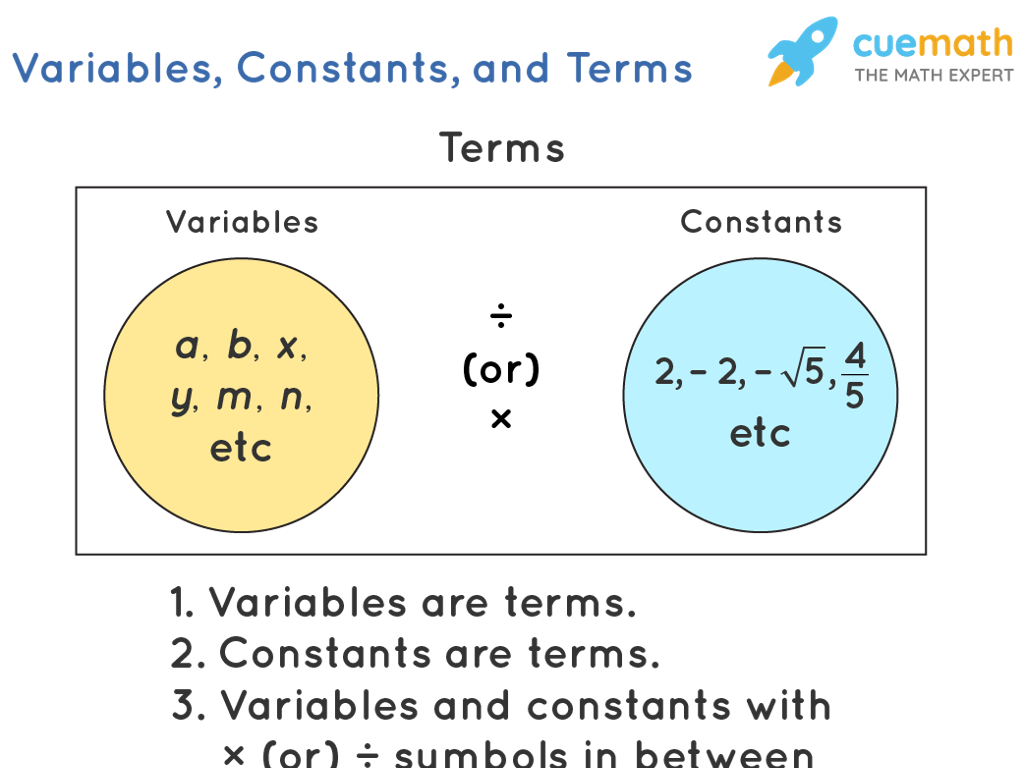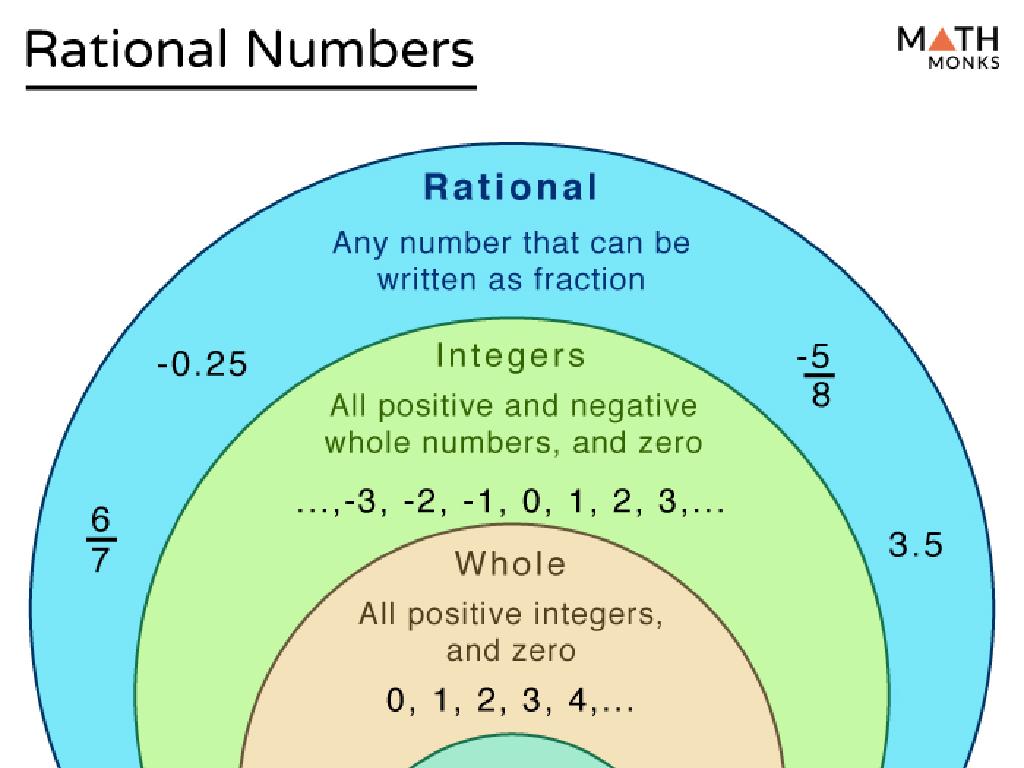Analyze Passages From Narrative Of The Life Of Frederick Douglass: Part 1
Subject: Language arts
Grade: Seventh grade
Topic: Nonfiction Book Study
Please LOG IN to download the presentation. Access is available to registered users only.
View More Content
Exploring Nonfiction: Frederick Douglass’s Narrative
– Nonfiction literature basics
– Nonfiction tells real stories and facts
– About Frederick Douglass’s Narrative
– An autobiography of a former slave’s life
– Historical context of the book
– The book was set during American slavery
– Significance of Douglass’s work
– It’s a key work in anti-slavery literature
|
This slide introduces students to the genre of nonfiction literature, with a focus on the autobiography ‘Narrative of the Life of Frederick Douglass.’ Begin by explaining the characteristics of nonfiction and its importance in understanding real-life events and facts. Provide an overview of Douglass’s narrative, emphasizing its autobiographical nature and its role in detailing his life as a former slave. Discuss the historical context of the book, set during the 19th-century American slavery period, and its impact on the anti-slavery movement. Highlight the significance of Douglass’s work in American literature and history. Encourage students to reflect on the power of personal narratives in shaping our understanding of the past.
Frederick Douglass: The Author
– Douglass’s early life and escape
– Born into slavery, Frederick Douglass escaped at 20 and became a leader in the abolitionist movement.
– His impact as an abolitionist
– Douglass advised presidents and lectured extensively, advocating for equality and human rights.
– Writings’ role in American literature
– His narratives and speeches are key texts in understanding slavery and advocating for justice.
– Douglass’s legacy in history
– His efforts helped to change public opinion and were instrumental in the abolition of slavery.
|
This slide introduces students to Frederick Douglass, focusing on his background, his crucial role in the abolitionist movement, and the lasting impact of his writings on American literature and history. Emphasize Douglass’s journey from a slave to a leading voice for abolition and his influence on both his contemporaries and future generations. Highlight the significance of his autobiographical narratives, which provide a powerful, personal perspective on the realities of slavery and were used to support the abolitionist cause. Discuss how his eloquent and incisive writings continue to be studied for their literary merit and historical importance. Encourage students to reflect on the relevance of Douglass’s work in today’s discussions on race and equality.
Understanding Nonfiction Literature
– Define Nonfiction
– Nonfiction is factual writing based on real events and people.
– Characteristics of Nonfiction
– Includes accuracy, factual information, and real-life scenarios.
– Nonfiction vs. Fiction
– Nonfiction presents facts, while fiction is imaginative storytelling.
– Analyzing Douglass’s Narrative
– We’ll examine how Douglass uses nonfiction elements to convey his story.
|
This slide introduces students to the concept of nonfiction literature, setting the stage for analyzing Frederick Douglass’s autobiography. Begin by defining nonfiction as a genre that provides factual information about real events and people, as opposed to fiction, which is based on imagination. Highlight the characteristics of nonfiction, such as accuracy, reliability, and the presentation of factual information. Discuss how nonfiction differs from fiction, emphasizing the intent to inform or persuade rather than to entertain. Finally, transition to analyzing ‘Narrative of the Life of Frederick Douglass’ by discussing how Douglass uses nonfiction elements to share his experiences and the importance of understanding these elements to fully appreciate his work. Encourage students to think critically about the text and consider the impact of real-life stories on readers.
Exploring ‘Narrative of the Life of Frederick Douglass’
– Narrative structure overview
– How the story is organized and unfolds
– Key themes identification
– Freedom, slavery, education, and identity
– First-person perspective
– Story told from Douglass’ own experience
– Significance of Douglass’ viewpoint
– It provides authenticity and emotional depth
|
This slide introduces students to Frederick Douglass’ autobiography, focusing on its narrative structure, key themes, and the use of the first-person perspective. Discuss how the narrative structure helps organize the story and influences the reader’s understanding. Highlight the central themes such as the quest for freedom, the horrors of slavery, the importance of education, and the development of personal identity. Explain the significance of the first-person perspective in giving readers direct insight into Douglass’ experiences and emotions, making the narrative more powerful and authentic. Encourage students to consider how these elements contribute to the impact of the text and to think critically about the author’s purpose and message.
Analyzing ‘Narrative of the Life of Frederick Douglass’
– Read selected passages
– Focus on key excerpts that highlight Douglass’ journey
– Identify literary devices
– Look for metaphors, similes, and personification used
– Discuss emotional impact
– How does Douglass’ story make you feel?
– Reflect on Douglass’ experiences
– Consider the struggles and triumphs Douglass describes
|
This slide aims to guide students through an analytical reading of ‘Narrative of the Life of Frederick Douglass’. Students should read carefully chosen excerpts that encapsulate the essence of Douglass’ experiences. They will identify and examine various literary devices that Douglass employs to convey his message powerfully. The class will discuss the emotional resonance of the narrative, exploring how the text makes them feel and why. Encourage students to empathize with Douglass’ struggles and achievements. This exercise not only enhances their analytical skills but also deepens their understanding of the historical context and Douglass’ impact on American literature and history.
Douglass’s Mastery of Language
– Examining word choice
– Analyze why Douglass chose specific words.
– Language evokes imagery
– Words create vivid pictures and feelings.
– Emotion through words
– Discuss how word choice affects emotions.
– Narrative shaped by language
– Language directs the story’s impact.
|
This slide delves into Frederick Douglass’s effective use of language in his narrative. Students should examine how Douglass’s deliberate choice of words serves to create strong imagery and evoke emotional responses, which are powerful tools in storytelling. Encourage students to find examples of descriptive language that paints a picture in their minds or makes them feel a particular emotion. Discuss how this use of language helps shape the overall narrative and influences the reader’s understanding of Douglass’s experiences. This analysis will help students appreciate the power of language in nonfiction and its role in engaging and persuading the reader.
Group Discussion: Analyzing Douglass’s Narrative
– Break into small discussion groups
– Analyze a selected passage
– Look for metaphors, similes, and personification
– Discuss the language used by Douglass
– How does Douglass’s choice of words affect you?
– Share findings with the class
|
This class activity is designed to foster collaborative learning as students break into small groups to discuss and analyze a passage from ‘Narrative of the Life of Frederick Douglass.’ Each group should focus on the use of language, such as metaphors, similes, and personification, and its impact on the reader. Encourage students to consider how Douglass’s word choices and language structure contribute to the power and emotion of the narrative. After the discussion, each group will share their insights with the class, allowing for a broader understanding of the text. Possible activities for different groups could include focusing on different aspects of language use, such as imagery, tone, or diction, and how these elements enhance the themes of freedom and oppression in the narrative.
Reflection and Sharing: Frederick Douglass’s Narrative
– Groups present their text analysis
– Discuss varied text interpretations
– How one passage can mean different things to different people
– Reflect on narrative in history
– Narratives like Douglass’s offer personal views of historical events
– Understand history through stories
– Stories provide emotional connections to the past
|
This slide is aimed at facilitating a classroom activity where students will engage in presenting their analysis of ‘Narrative of the Life of Frederick Douglass’. Each group will share their insights, fostering a discussion on the different perspectives that can be drawn from the text. The activity will also serve as an opportunity to reflect on the power of narrative in shaping our understanding of history. Encourage students to consider how personal accounts, such as Douglass’s, provide a deeper, more emotional context to historical facts. The teacher should guide the discussion, ensuring all students participate and reflect on how narratives serve as valuable tools for connecting with and interpreting history.
Homework: Reflecting on Frederick Douglass
– Essay on Douglass’s impact
– Explore the significance of Douglass’s autobiography in shaping history.
– Include personal reflections
– How did the passages make you feel? What thoughts arose?
– Relate narrative to today
– How do the themes of freedom and equality apply to current events?
– Understand historical context
|
This homework assignment aims to deepen students’ understanding of Frederick Douglass’s autobiography and its historical significance. Students should write a short essay discussing the impact of Douglass’s work on the abolitionist movement and its lasting effects on American society. Encourage them to include personal reflections on the passages read in class, expressing how the text resonated with them emotionally and intellectually. Additionally, students should consider the relevance of Douglass’s experiences and views in the context of today’s society, drawing parallels to ongoing struggles for freedom and equality. This exercise will help students to connect historical literature to contemporary issues, enhancing their critical thinking and empathy. Provide guidance on essay structure and offer examples of how historical context can be tied to modern-day scenarios.






